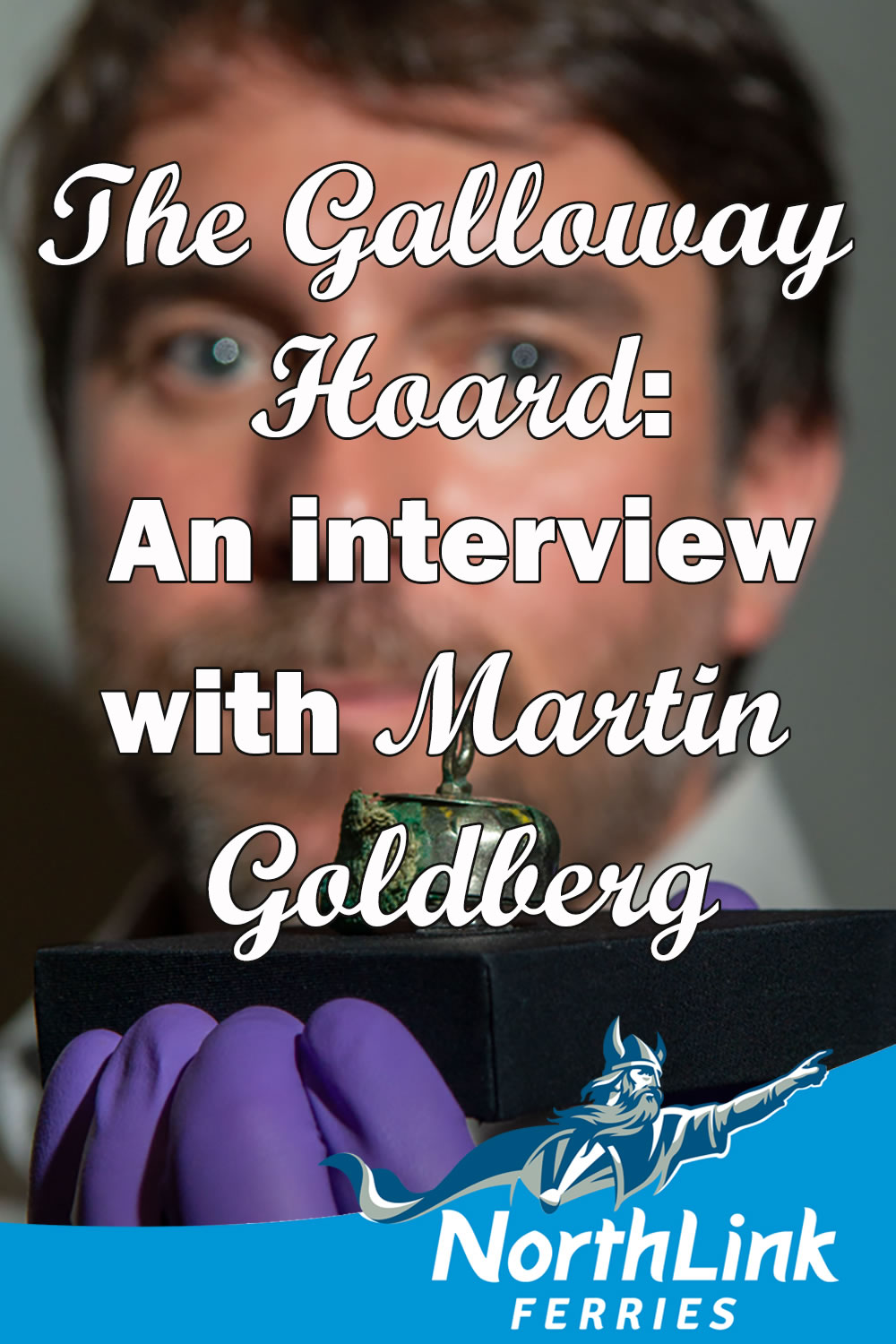The Galloway Hoard – an interview with Martin Goldberg
The Galloway Hoard is the most extensive collection of rare and distinctive Viking-age artefacts found in Britain or Ireland. The Hoard is hugely significant and is helping to further our understanding about this era of Scottish history. After touring Kirkcudbright and Edinburgh and bringing in over 100,000 visitors, the Galloway Hoard exhibition is available to see at the Aberdeen Art Gallery from 30 July to 23 October 2022.
The Galloway Hoard is a collection of Viking-age treasure which contains over 100 artefacts of gold, silver, and other items – some of which are extremely rare and unique.
We were delighted when Dr Martin Goldberg agreed to answer some of our questions about this spectacular exhibit and tell us about his involvement with the Galloway Hoard.
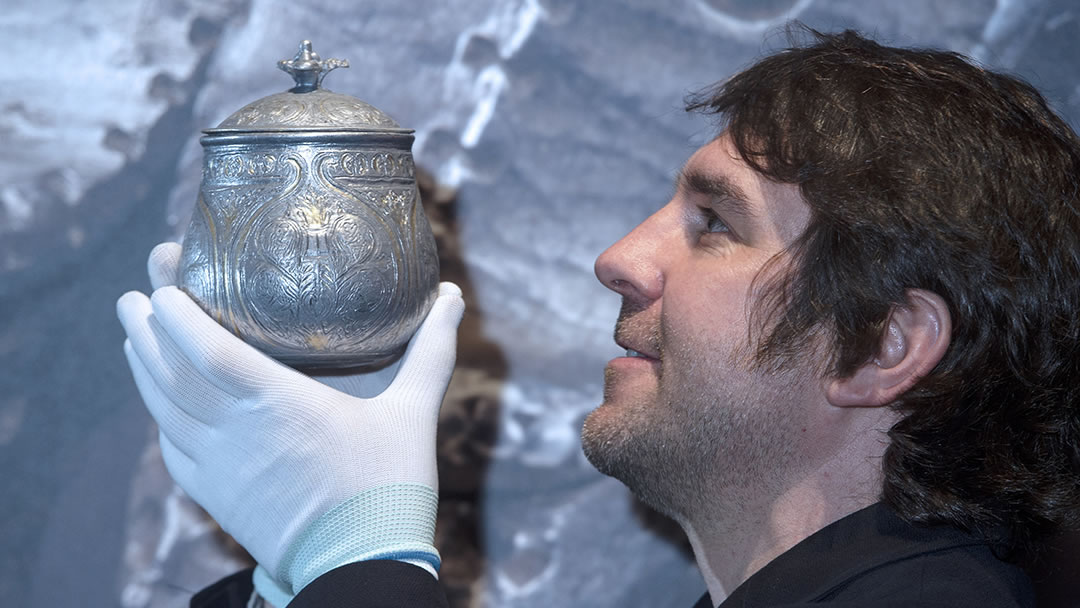
Q. Tell me about your job and what your involvement is with the Galloway Hoard?
A. My job title is ‘Principal Curator of Medieval Archaeology and History’ at National Museum Scotland. The Galloway Hoard is probably the most spectacular thing that has come into the museum during my time working there.
My involvement with the Hoard began in 2017 when National Museum Scotland was allocated the Galloway Hoard by the SAFAP (Scottish Archaeological Finds Allocation Panel) through the Treasure Trove process. I was part of the team that fundraised the £1.98 million to save the hoard for the nation. Since then, I’ve been leading the effort to research and conserve this incredible find.
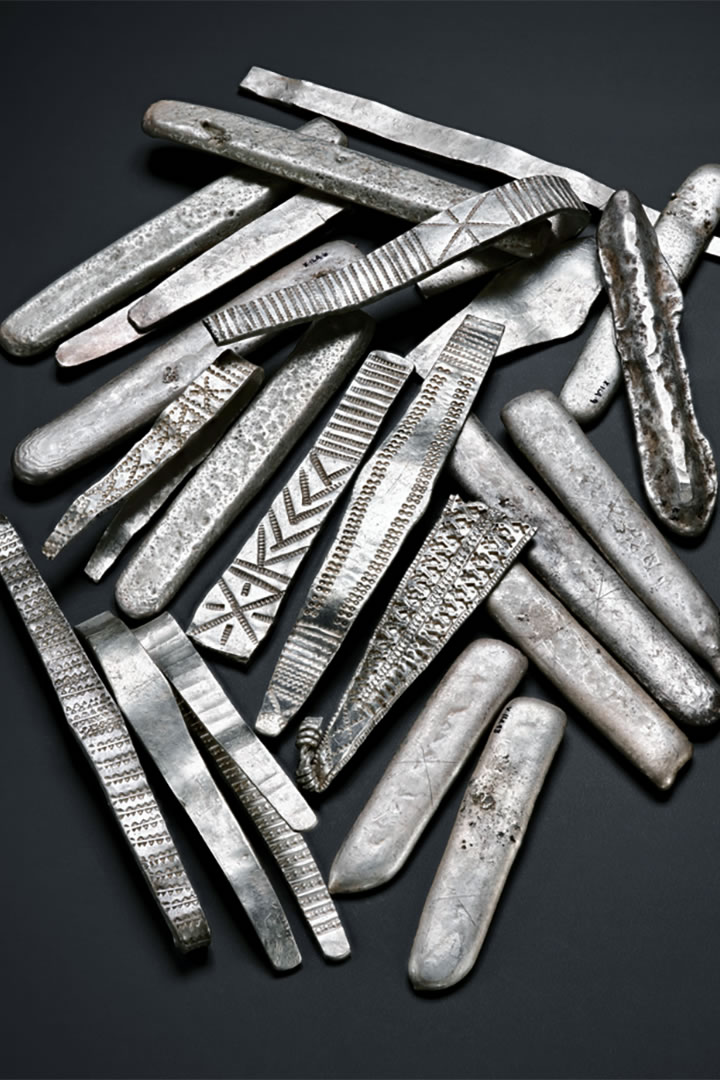
Q. What is the Galloway Hoard?
A. The Galloway Hoard is a collection of Viking-age treasure which contains over 100 artefacts of gold, silver, and other items – some of which are extremely rare and unique – that we believe was buried around 900AD. The Hoard was discovered in 2014 by a team of metal detectorists led by Derek McLennan. The hoard was buried in different layers and in separate parcels and contained over 5kg of silver in total.
In the middle, we found a treasure trove – a vessel – which contained around 30% of the hoard’s items inside. There were materials found in this container which aren’t usually considered as treasure, such as glass beads and even balls of dirt. These items were carefully wrapped up and concealed in this vessel. It is interesting to see the care and attention that has been lavished on some of these objects, as this tells us that they were considered as valuable as the gold and silver they were buried with.
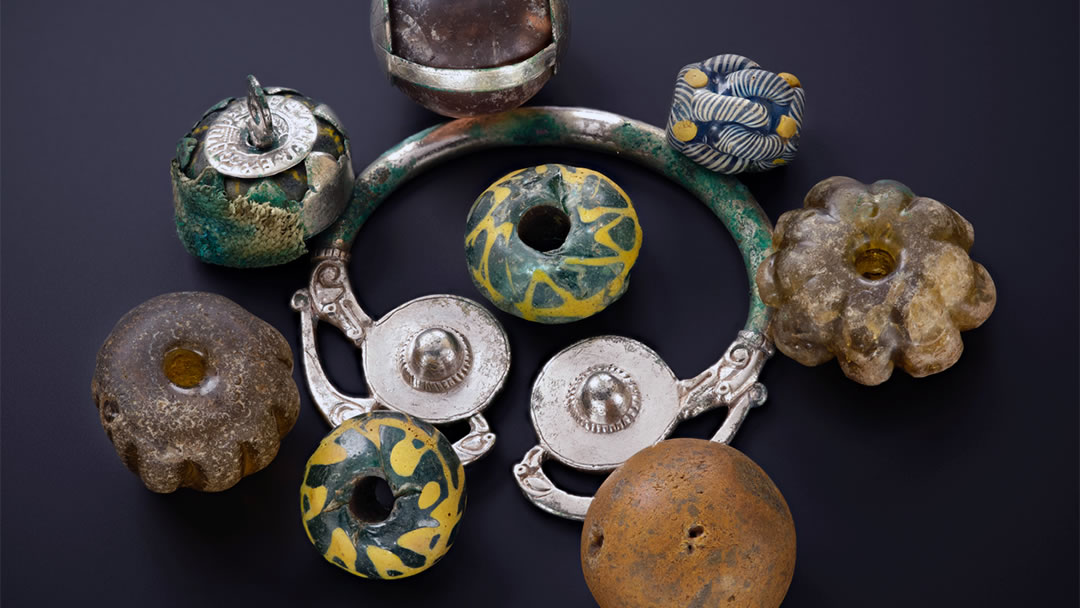
Q. What is so significant about the Galloway Hoard?
A. The real value of this hoard is not just in the objects, but in the story of how this incredible range of materials and objects were brought together. Yes, this Hoard contains more gold than any other Hoard that has been found in Britain or Ireland, and a significant amount of silver.
However, the other significance of the Galloway Hoard is the amazing organic preservation of materials such as leather, wool, and linen, which rarely survive in the ground. Fragile and rare fabrics like silk, would have travelled thousands of miles to reach these shores. The silk found in this Hoard is believed to be Scotland’s earliest example.
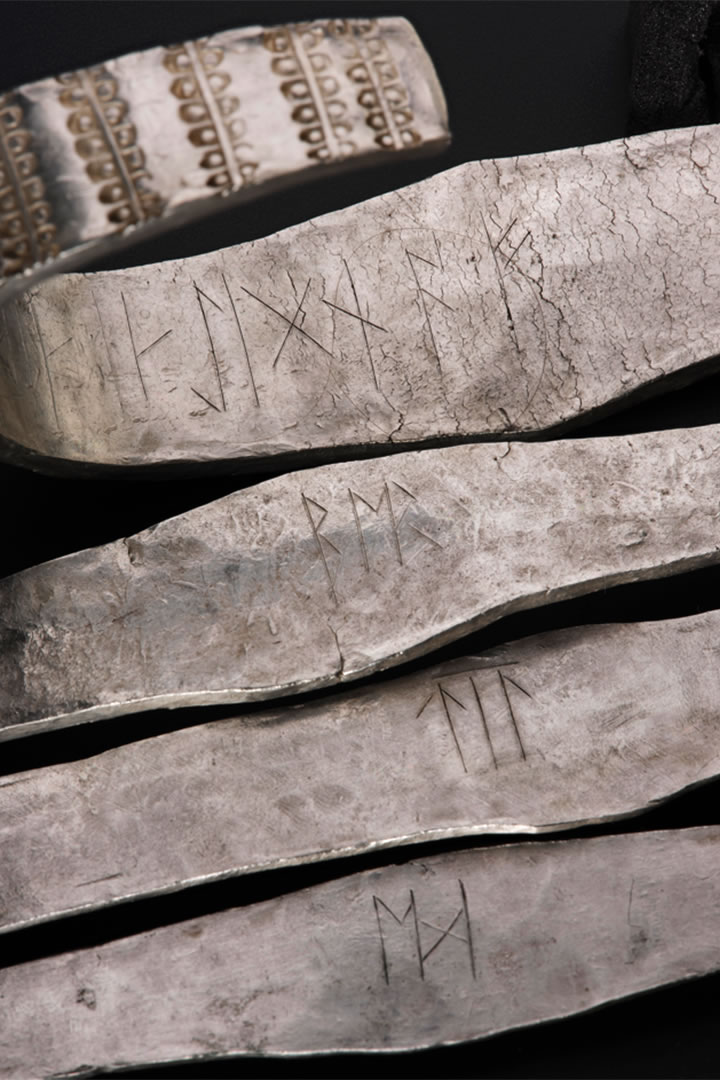
Q. What do we know about the people who owned these items?
A. This is what we are currently trying to figure out through our research program, which is ongoing whilst the exhibition is touring. Quite often, the visitors are asking the same questions as us and we are trying to communicate how we go about investigating them.
There are a lot of human touches to the items found in this particular deposit. This is allowing us to tell a much broader story than you would if you just found silver bullion. We are trying to bring the past to life and imagine the people who treasured these items and passed them onto their children – some of the objects were clearly kept for generations before being buried.
It was buried around 900AD, and the Viking age was roughly between 800AD to 1100AD, so through these objects you have this story of the first 100 years of the Viking age. But the story these objects tell isn’t necessarily what you would have expected.
For instance, we might have expected the runic inscriptions on the silver bullion found in the Galloway Hoard to be in Scandinavian runes but, unexpectedly, the alphabet used is Anglo-Saxon and old English names were partially written. This suggests that the identities of the owners of this bullion may have been more complex than the stereotypical Viking raider.
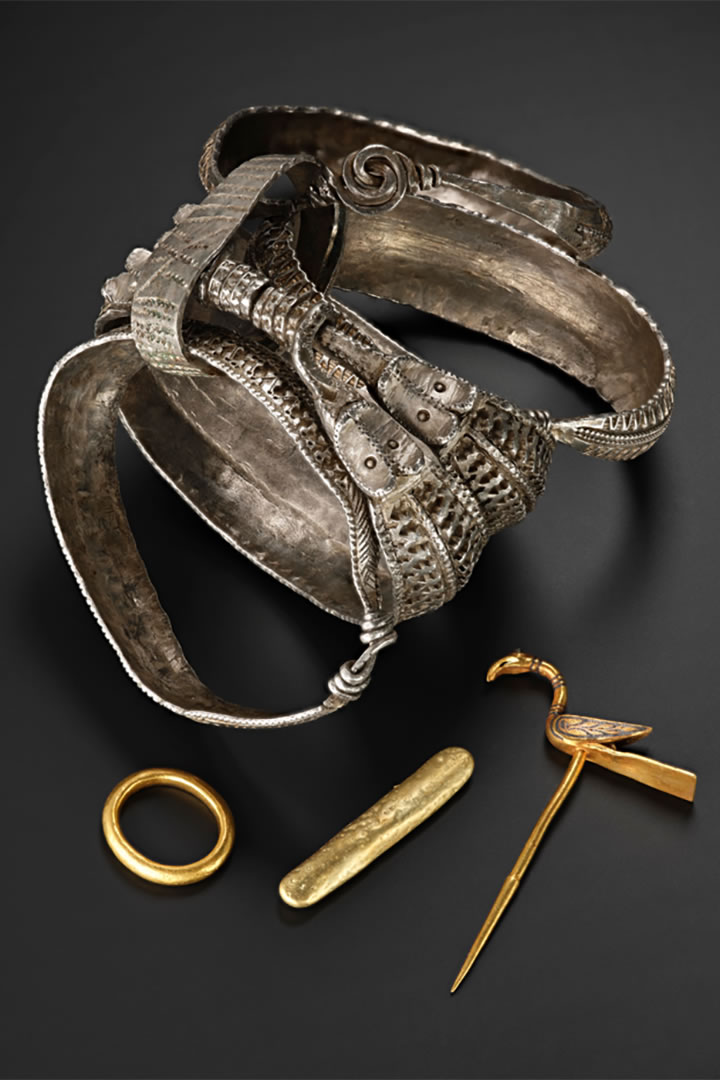
Q. Does the Galloway Hoard have any connections to Scotland’s Northern Isles?
A. There is an occasional Scandinavian item found in this collection, such as one of the few complete silver arm-rings. There was also a burial discovered in Shetland which contained the same type of arm ring that forms the bulk of the bullion in the Galloway Hoard.
But this Hoard doesn’t follow the typical Viking-age story. Rather than focusing on the Vikings coming across the North Sea from Scandinavia, it’s location in southern Scotland looks more towards the Irish Sea, and the complex interactions happening in Britain and Ireland in the first century of the Viking Age.
None of this could happen without the establishment of a sea connection to Scandinavia for the first time in Scottish history. The Northern Isles were a critical waypoint – and this is what makes the Viking Age. But it also shows how that new connection affected the whole of these islands.
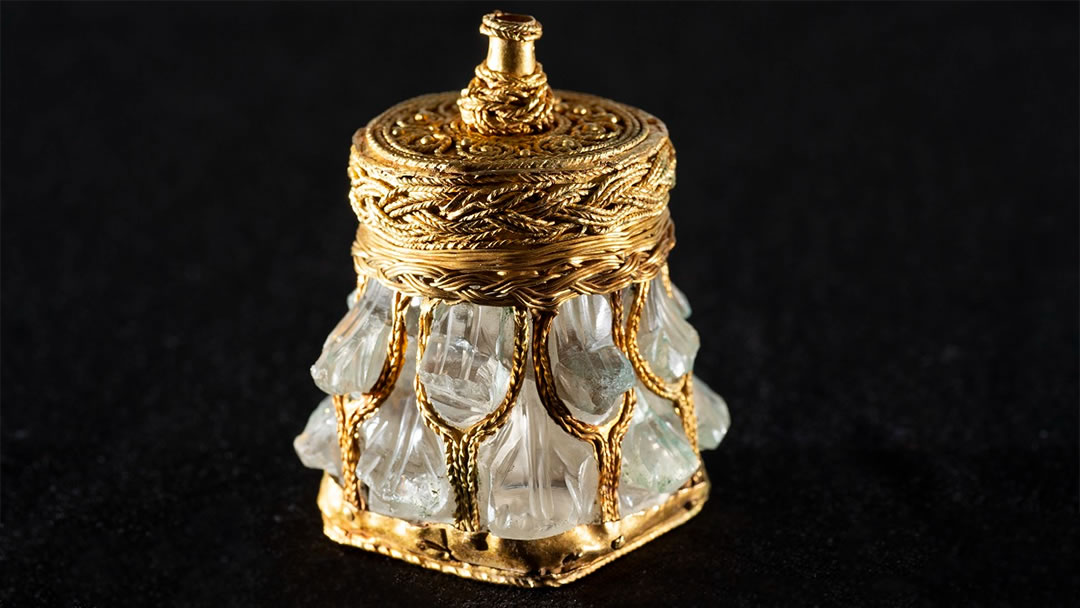
Q. What is your favourite item within the collection and why?
A. It changes on a daily basis as there are so many items that capture your imagination. One that stands out is a small, rock crystal jar. It is a beautifully carved piece that is wrapped in a gold meshwork and has a gold spout. This jar was found wrapped in silk and leather which helped to protect it in the ground.
It is believed this jar would have contained a precious liquid such as perfume or an exotic oil used for anointing. Through a series of tests, we believe this jar was an heirloom that was around 600-700 years old at the time of its burial.
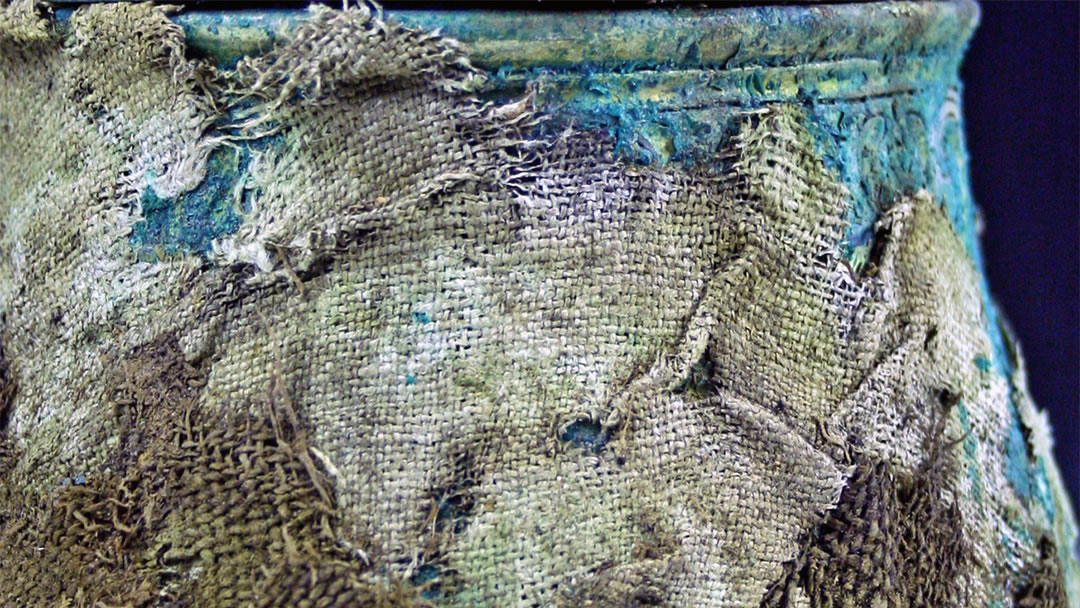
Q. What is something you think people would be surprised to learn about this collection?
A. I think that people would be surprised to learn that we can extract so much information from these artefacts. Typical treasure, like gold and silver, survive much better as they are harder materials – but they can only tell us so much. What’s unique about this collection is the softer organic materials such as the silk, linen, and leather.
For example, the silk could tell us which part of Asia it came from, depending on technical details like how it was woven. Additionally, we can discover if the silk was dyed and bring colour to the past, as colour is often the first thing that fades. The exhibition is engaging people with the process of how we learn about the Galloway Hoard, rather than just telling them about it.
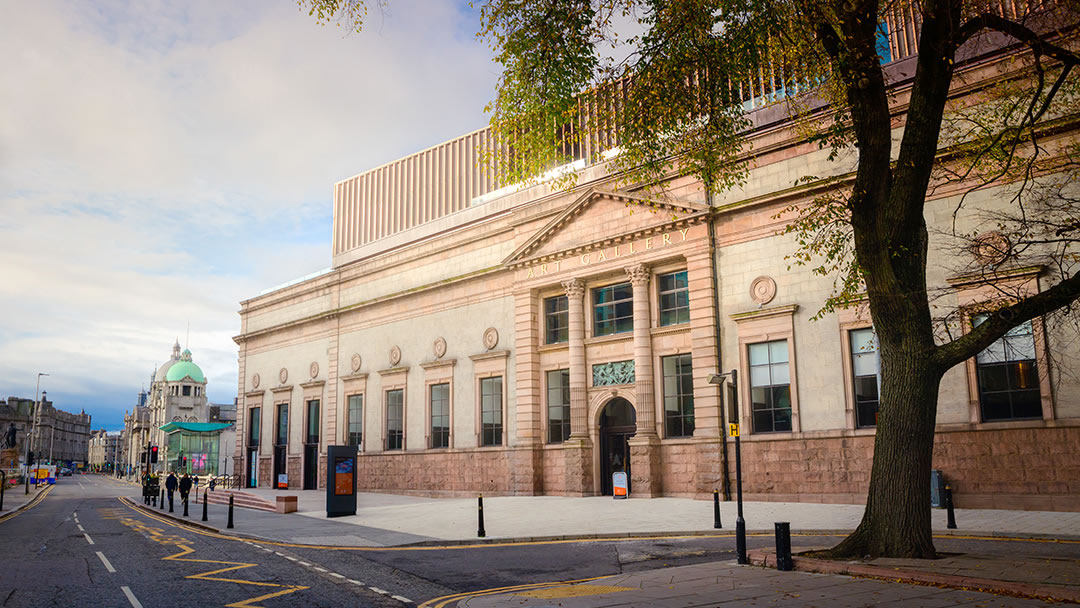
Q. Why should people come and see the exhibition?
A. There are more reasons than I can fit here, but not least is because Aberdeen Art Gallery is a really beautiful venue with lots of space for people to appreciate the items on display. Thanks to Scottish government funding, we have incorporated many different ways to convey the information including video presentations from specialists, huge images that give people a view of the objects as if they were looking through a microscope and digital models for people to explore objects three-dimensionally.
The Galloway Hoard gives us the opportunity to explore the history of 100 objects which are all connected to a range of different people and places, in Britain and Ireland, and far beyond. These items were made, owned, traded and passed down through many generations, and we get to reimagine the lives of these people in new and different ways.
Q. What is next for the Galloway Hoard after the exhibition finishes in October?
A. When the exhibition finishes in Aberdeen, we will have 18 months left on our current project of research and analysis funded by the AHRC (Art and Humanities Research Council). Whilst the Galloway Hoard has been on display, we have focused on the textiles which were too fragile to exhibit.
Once we have all the artefacts back, we are going to try and answer all of the research questions, work that had to be paused during the exhibitions. We hope to move the story along and learn even more new information, and this project will go on until May 2024.
To find out more about the Galloway Hoard, visit https://www.nms.ac.uk/explore-our-collections/stories/scottish-history-and-archaeology/galloway-hoard/
 By Amy Leith
By Amy LeithBorn and raised in Aberdeen with an admiration for Orkney and Shetland, loves to travel and visit new places, enjoys cooking, always listening to music, spends a little too much time on TikTok.
Pin it!
